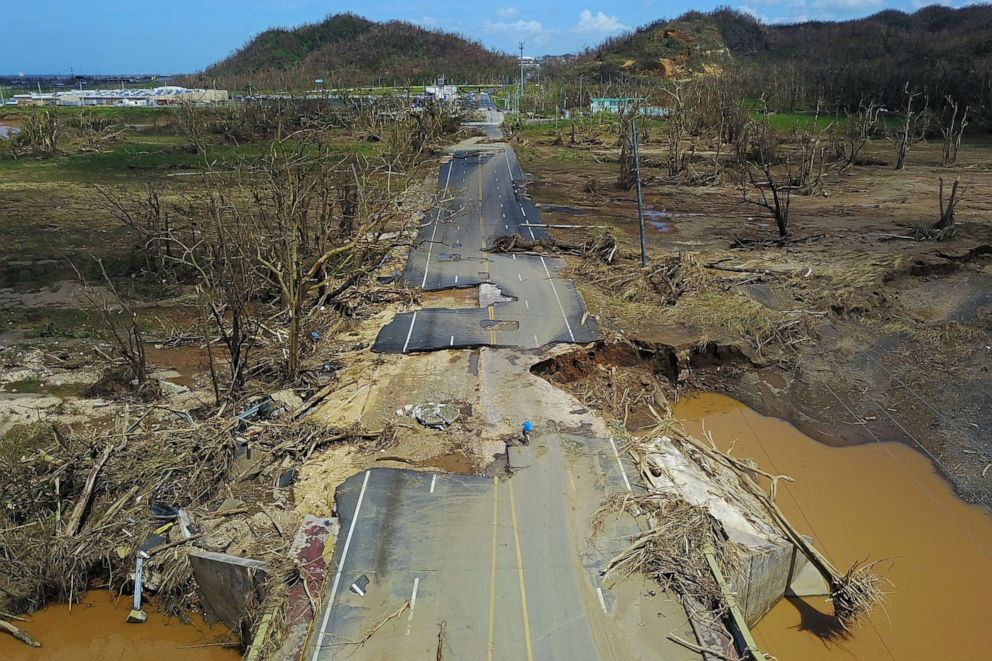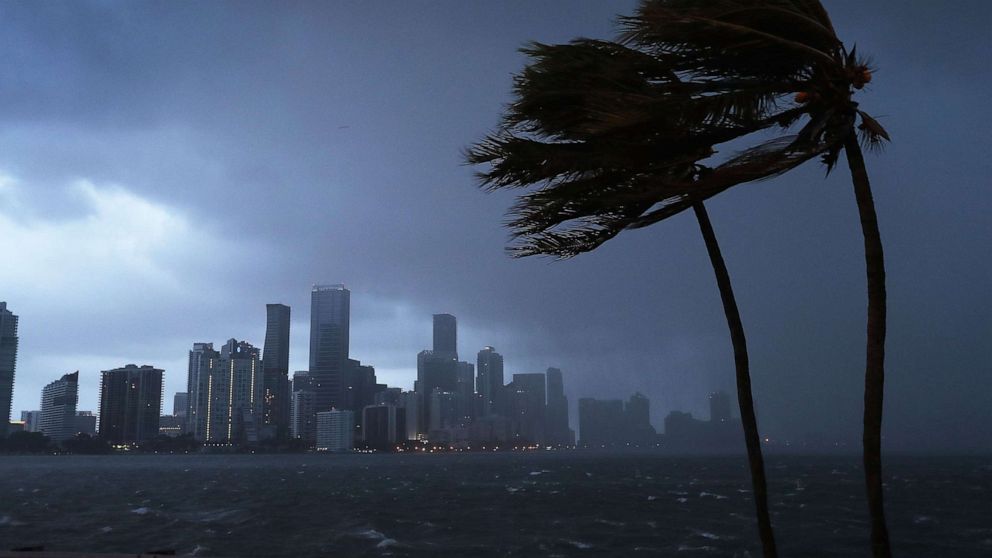[ad_1]
Hurricane activity is expected to increase in the Atlantic due to favorable oceanic and atmospheric patterns now that El Nino has ended in the Pacific, the National Oceanic and Atmospheric Administration announced Thursday.
Interested in Hurricanes?
Add Hurricanes as an interest to stay up to date on the latest Hurricanes news, video, and analysis from ABC News.
The likelihood of an above-normal hurricane season rose to 45%, according to seasonal forecasters with NOAA’s Climate Prediction Center — just in time for the peak season, typically August through October, to begin.
“El Nino typically suppresses Atlantic hurricane activity but now that it’s gone, we could see a busier season ahead,” said Gerry Bell, lead seasonal hurricane forecaster at NOAA’s Climate Prediction Center.
 Ricardo Arduengo/AFP/Getty Images
Ricardo Arduengo/AFP/Getty Images
The most recent outlook for the 2019 hurricane season includes 10 to 17 named storms, five to nine hurricanes and two to four major hurricanes, or storm systems that contain wind speeds of 111 mph or greater.
On average, the Atlantic typically produces 12 named storms, six of which become hurricanes, including three major hurricanes, according to NOAA. Two storms have been named so far in 2019.
Acting FEMA administrator Pete Gaynor reminded those living in hurricane-prone areas to “be prepared.”
“We urge everyone to learn more about hurricane hazards and prepare now, ahead of time, so that if state and local authorities announce evacuations in advance of a storm, you and your family will have planned where to go and what to do to stay safe,” Gaynor said.
Hurricane season officially ends on Nov. 30.
ABC News’ Max Golembo contributed to this report.
[ad_2]
Source link

